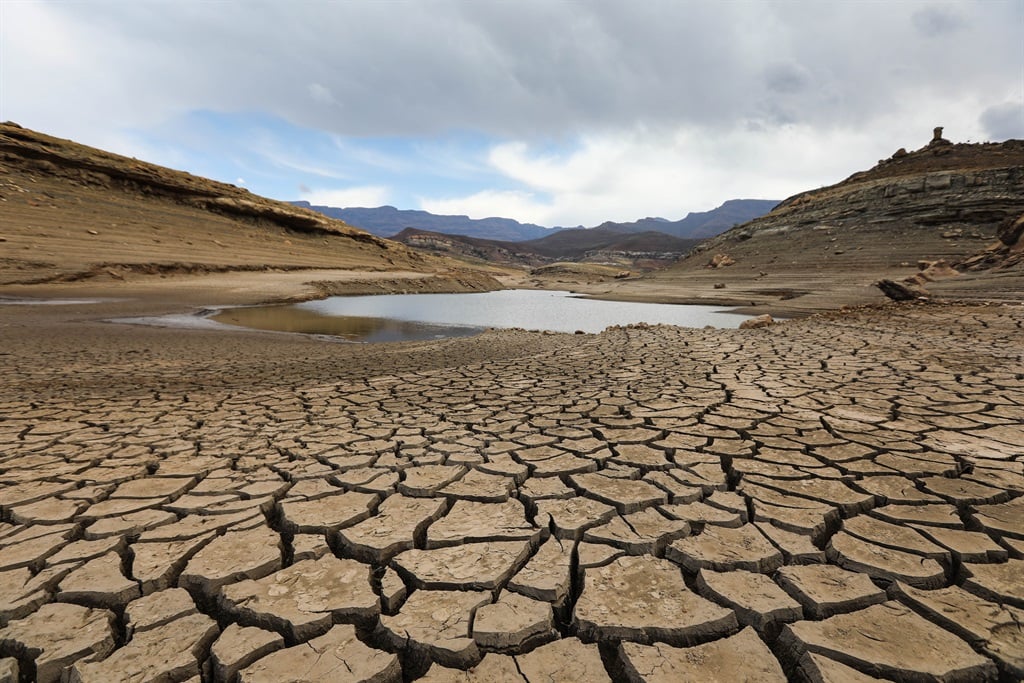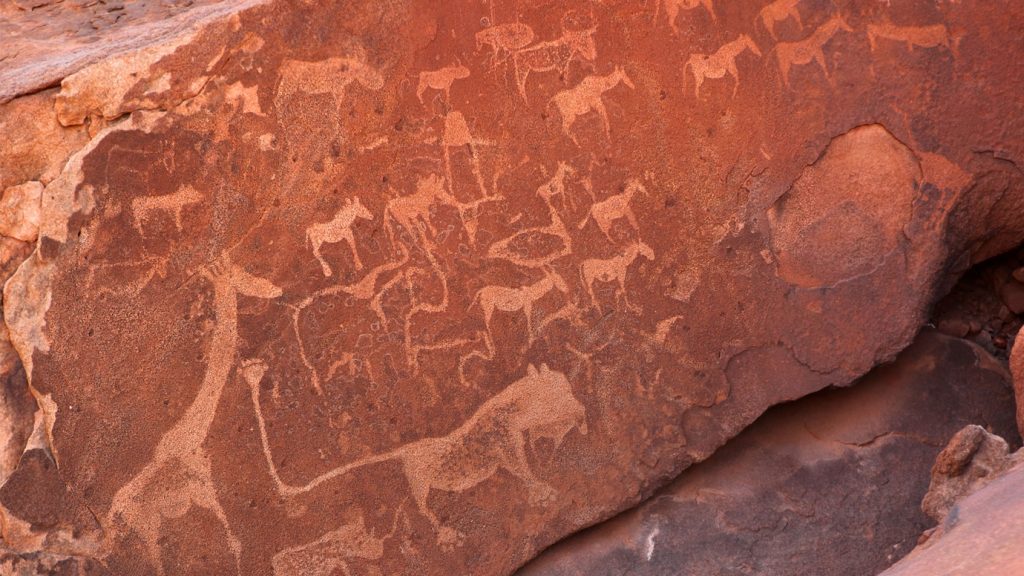In the remote and rugged landscapes of Namibia’s Kunene Region, a battle is unfolding silently, one that pits the forces of climate change against the incredible biodiversity that has thrived here for millennia. As temperatures rise, rainfall patterns shift, and habitats transform, the delicate balance of life in this region faces unprecedented challenges. In this article, we delve into the far-reaching impact of climate change on biodiversity in the Kunene Region and the efforts being made to safeguard its unique ecosystems.
The Kunene Region’s Unique Biodiversity:
The Kunene Region, located in northwestern Namibia, is a land of stark contrasts. From the towering sand dunes of the Namib Desert to the rocky outcrops of the Brandberg Mountain, this region boasts a diverse range of habitats. Its arid landscapes are home to a wealth of endemic plant and animal species, many of which have evolved to thrive in this harsh environment.
Climate Change in Kunene:
Climate change is affecting the Kunene Region in various ways, with some of the most significant impacts being:
- Rising Temperatures: Like many other regions worldwide, the Kunene Region is experiencing rising temperatures. This leads to increased heat stress on plants and animals, making it difficult for them to thrive and reproduce.
- Altered Rainfall Patterns: Climate change has disrupted traditional rainfall patterns, resulting in prolonged periods of drought followed by erratic, intense rainfall. These fluctuations put stress on plant and animal populations, making it harder for them to adapt.
- Increased Desertification: As the desert encroaches on previously habitable areas, native vegetation is replaced by desert-adapted species, and traditional habitats for wildlife disappear.
- Loss of Water Sources: Climate change has led to the drying up of ephemeral rivers and waterholes, reducing the availability of water for wildlife during crucial times of the year.
Impact on Biodiversity:
- Endangered Species: The Kunene Region is home to several endangered species, such as the desert-adapted black rhino and desert elephant. These species are particularly vulnerable to climate change-related habitat loss and food scarcity.
- Altered Migration Patterns: Changing rainfall patterns impact the availability of food for migratory species. This disrupts traditional migration routes and can lead to population declines.
- Plant Species at Risk: Many native plant species in the Kunene Region are adapted to specific rainfall patterns. Changes in these patterns can affect seed germination and plant growth, ultimately impacting the entire food chain.
- Threats to Cultural Heritage: Indigenous communities in the region, such as the Himba people, have relied on the biodiversity for their livelihoods and cultural practices. Climate change puts these traditions and ways of life at risk.
Conservation Efforts in the Kunene Region:
Despite these challenges, there are efforts underway to protect the Kunene Region’s unique biodiversity:
- Community-Based Conservation: Many indigenous communities in the Kunene Region are actively engaged in conservation efforts. Community conservancies, such as the Torra Conservancy, are working to protect their natural resources and wildlife.
- Climate Resilience Initiatives: Conservation organizations are implementing climate resilience projects, such as water provision programs and habitat restoration, to mitigate the impacts of climate change on local ecosystems.
- Education and Awareness: Public awareness campaigns and educational programs are crucial for building understanding of climate change and its impact on biodiversity. These initiatives promote sustainable practices and responsible tourism.
- International Collaboration: Namibia collaborates with international organizations and neighboring countries to develop strategies for conserving shared ecosystems and addressing climate change on a broader scale.
In conclusion, the Kunene Region of Namibia is at the forefront of the battle against climate change’s impact on biodiversity. While the challenges are immense, the commitment of local communities, conservation organizations, and governments offers hope for the region’s unique ecosystems. Through continued efforts in conservation, sustainable practices, and climate resilience, we can strive to safeguard the breathtaking biodiversity of the Kunene Region for generations to come, ensuring that this incredible landscape remains a symbol of resilience in the face of a changing climate.




